2018
Residency
Program
Portland, Oregon
August 1, 2018 to August 31, 2018
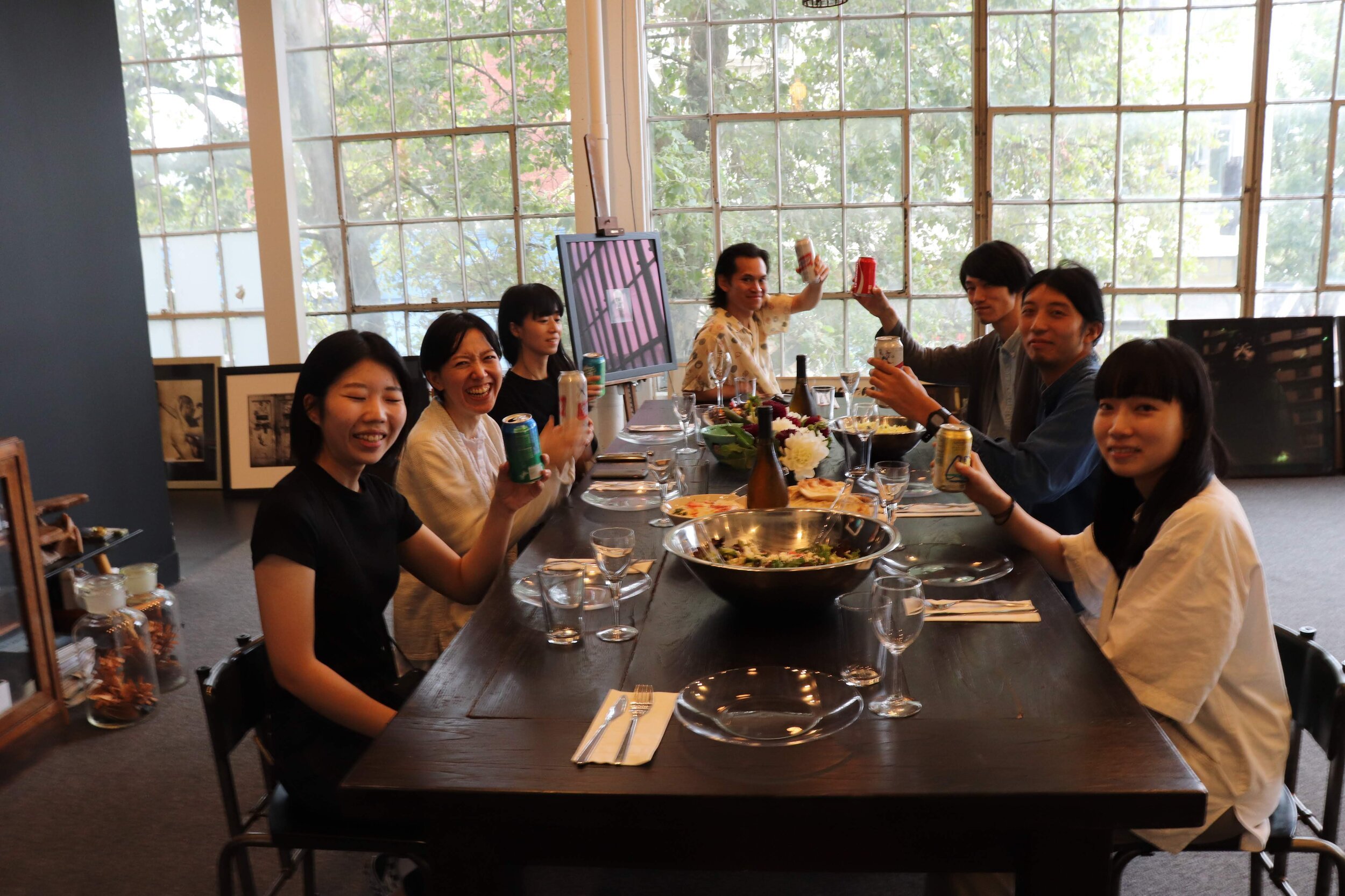

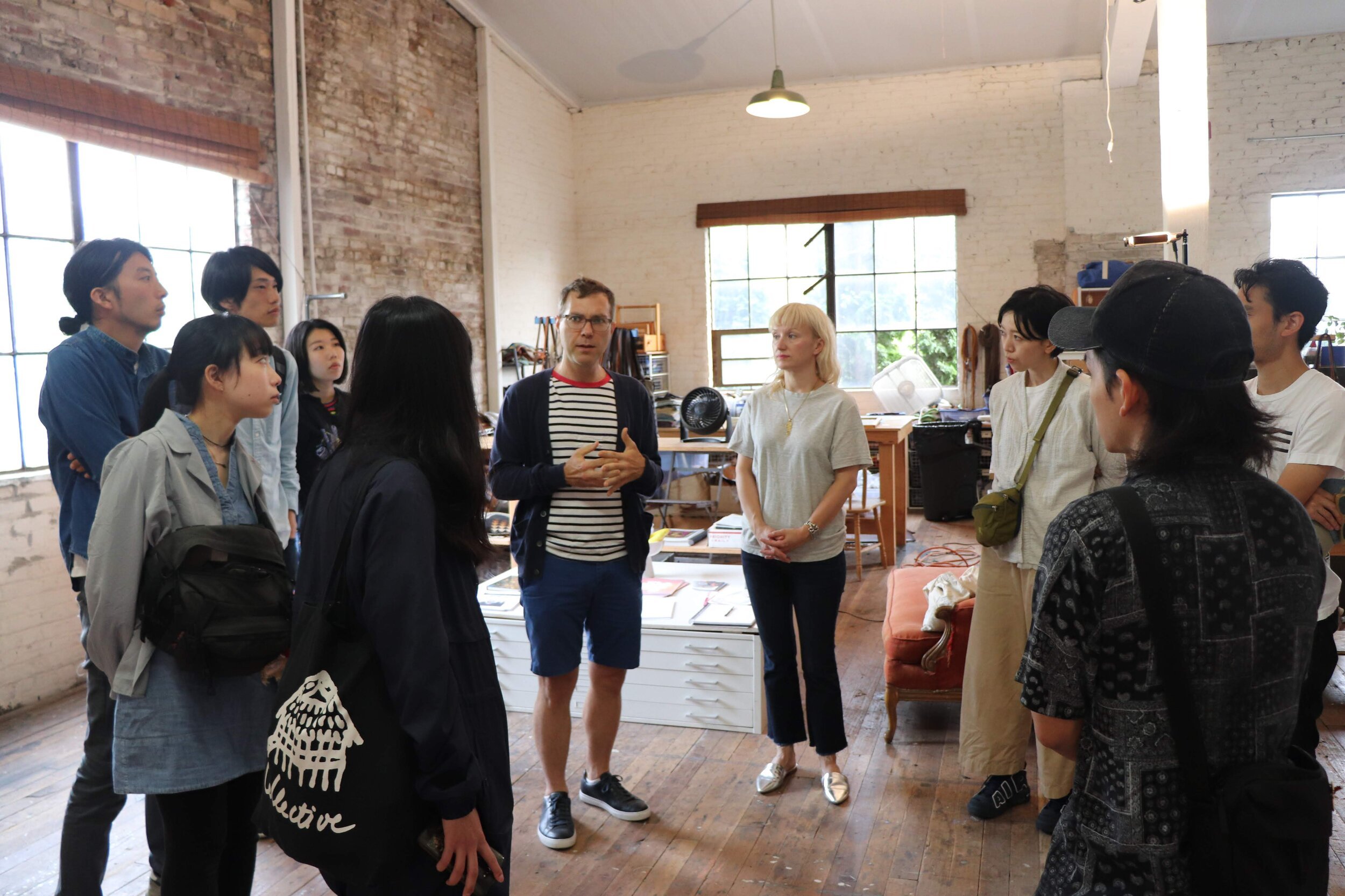


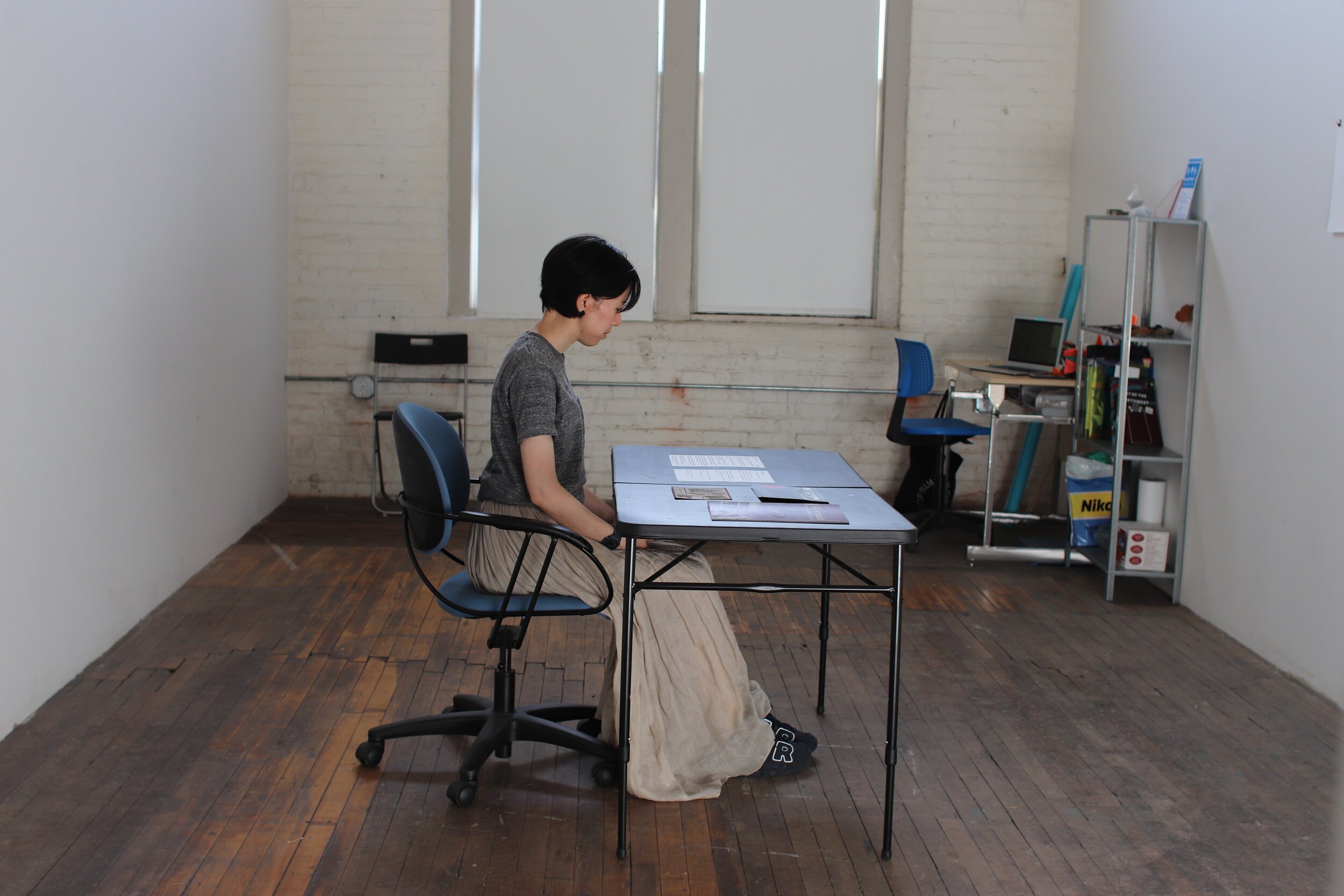









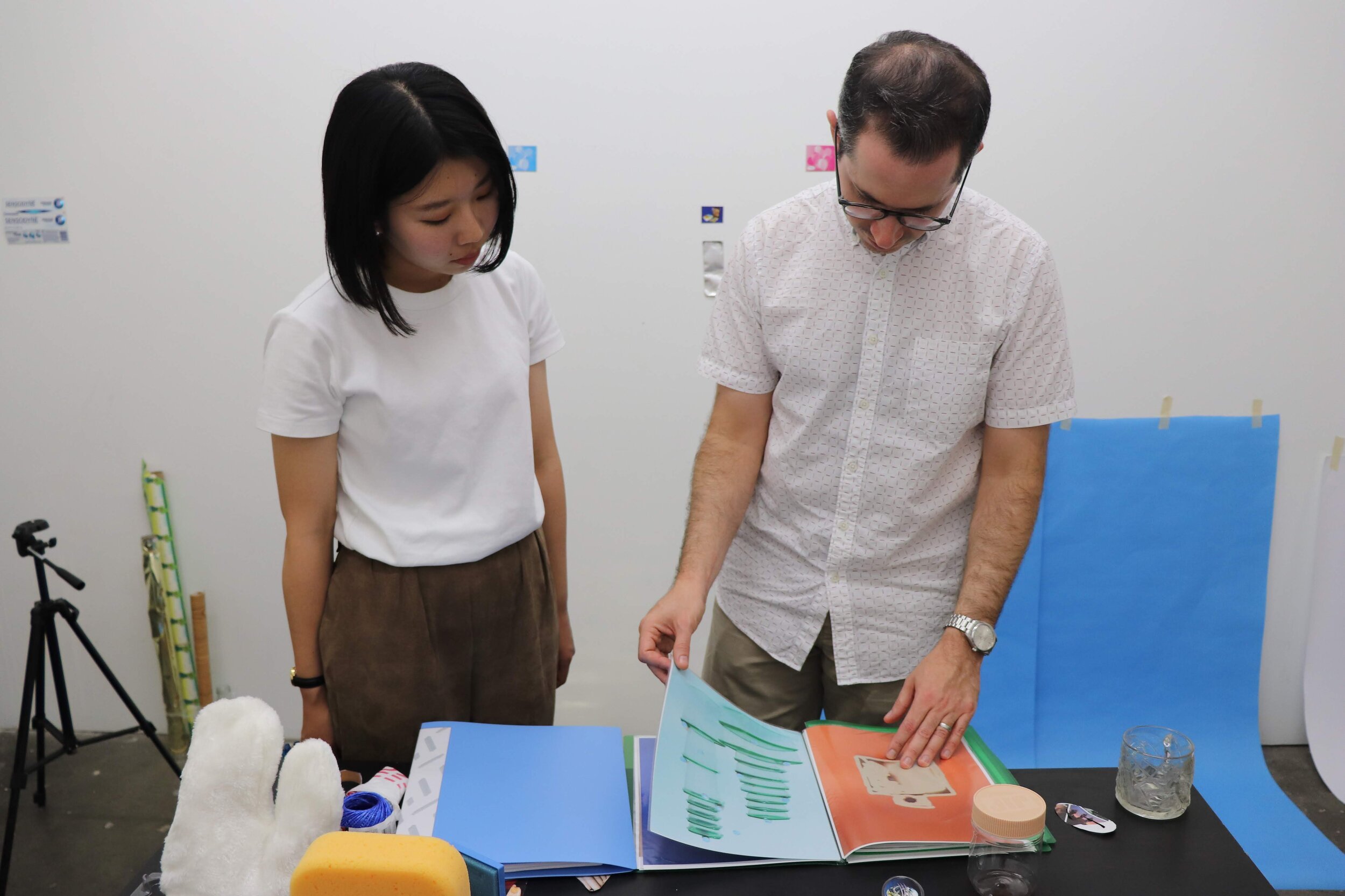





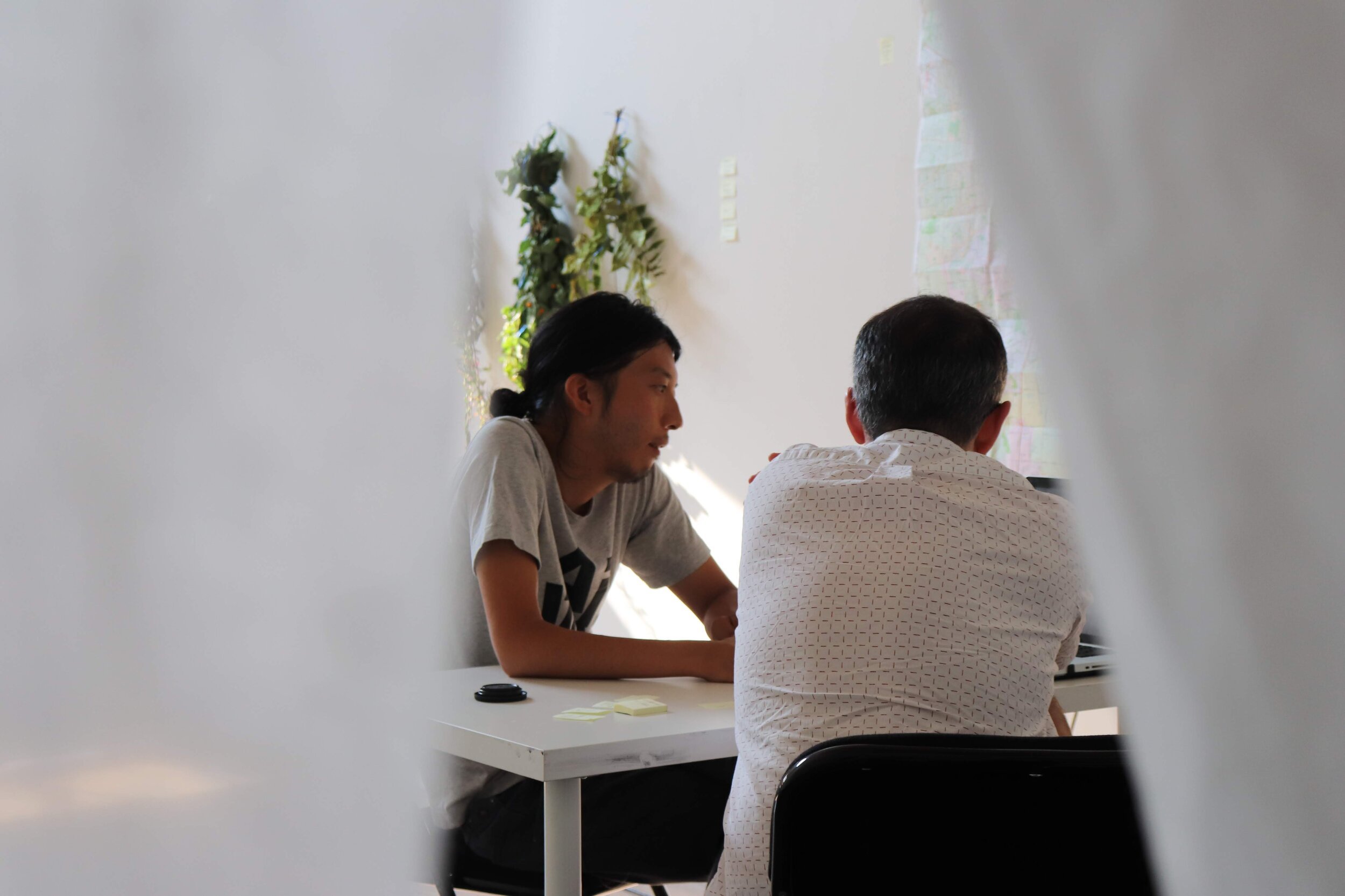



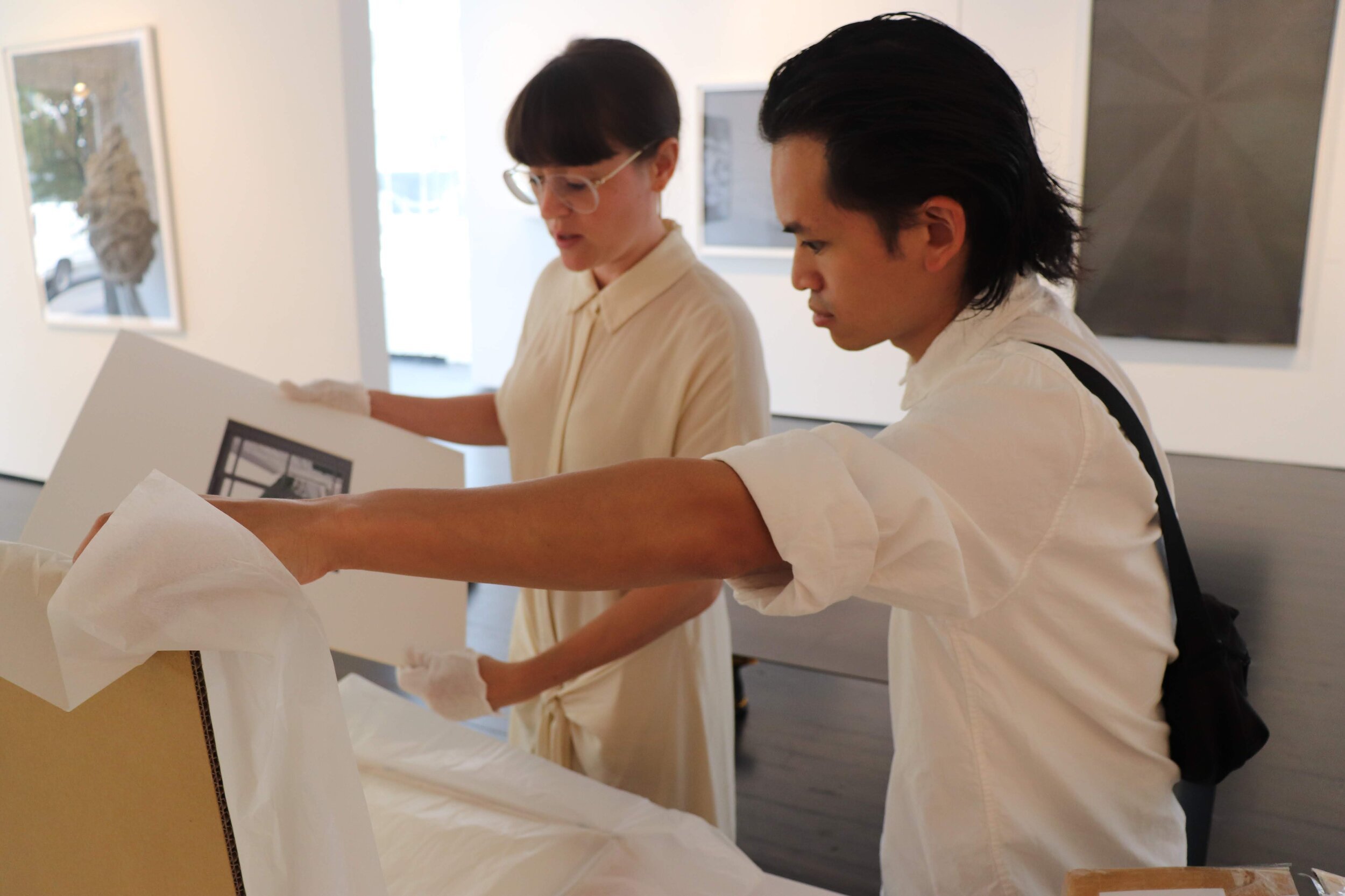
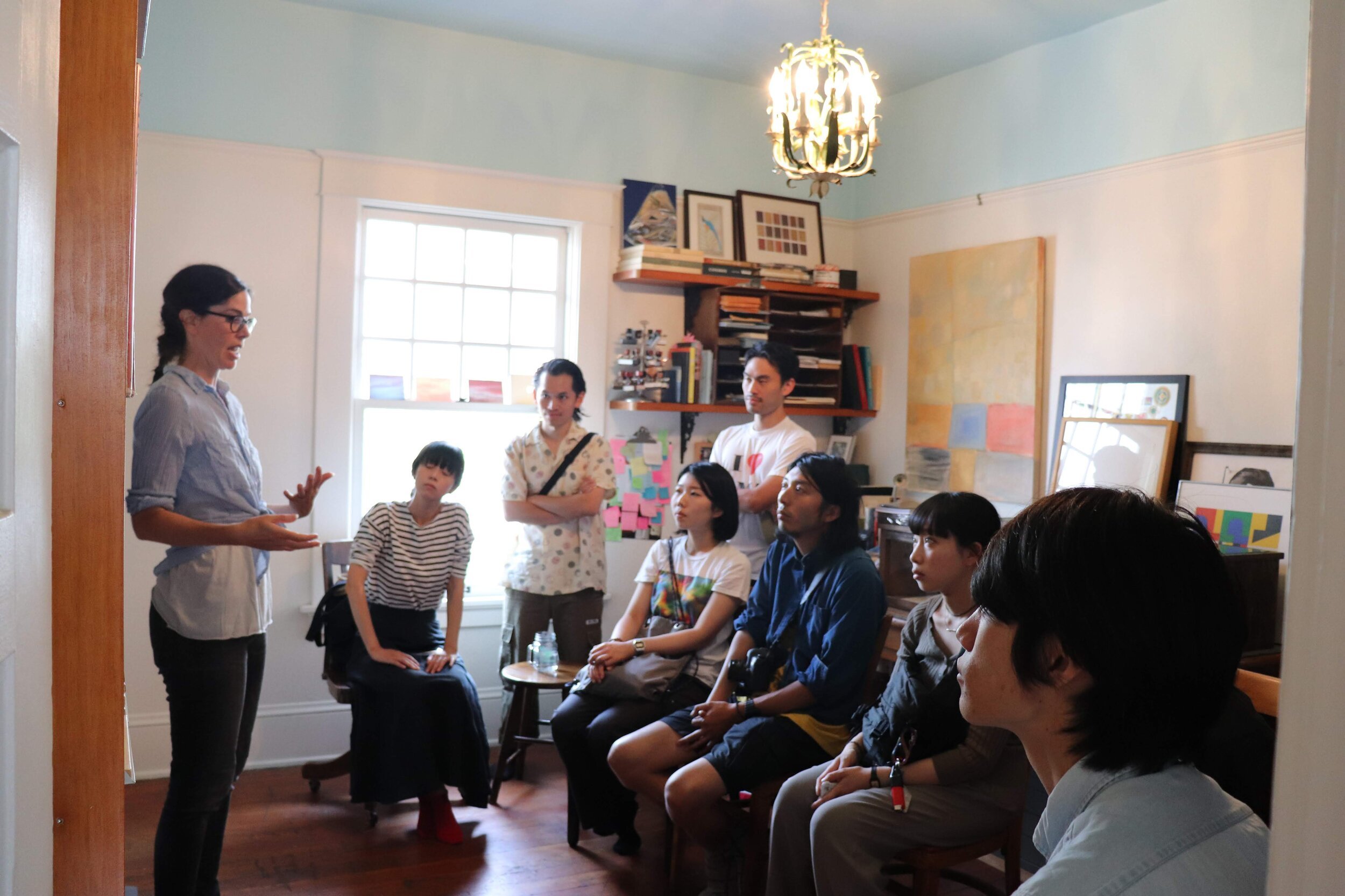
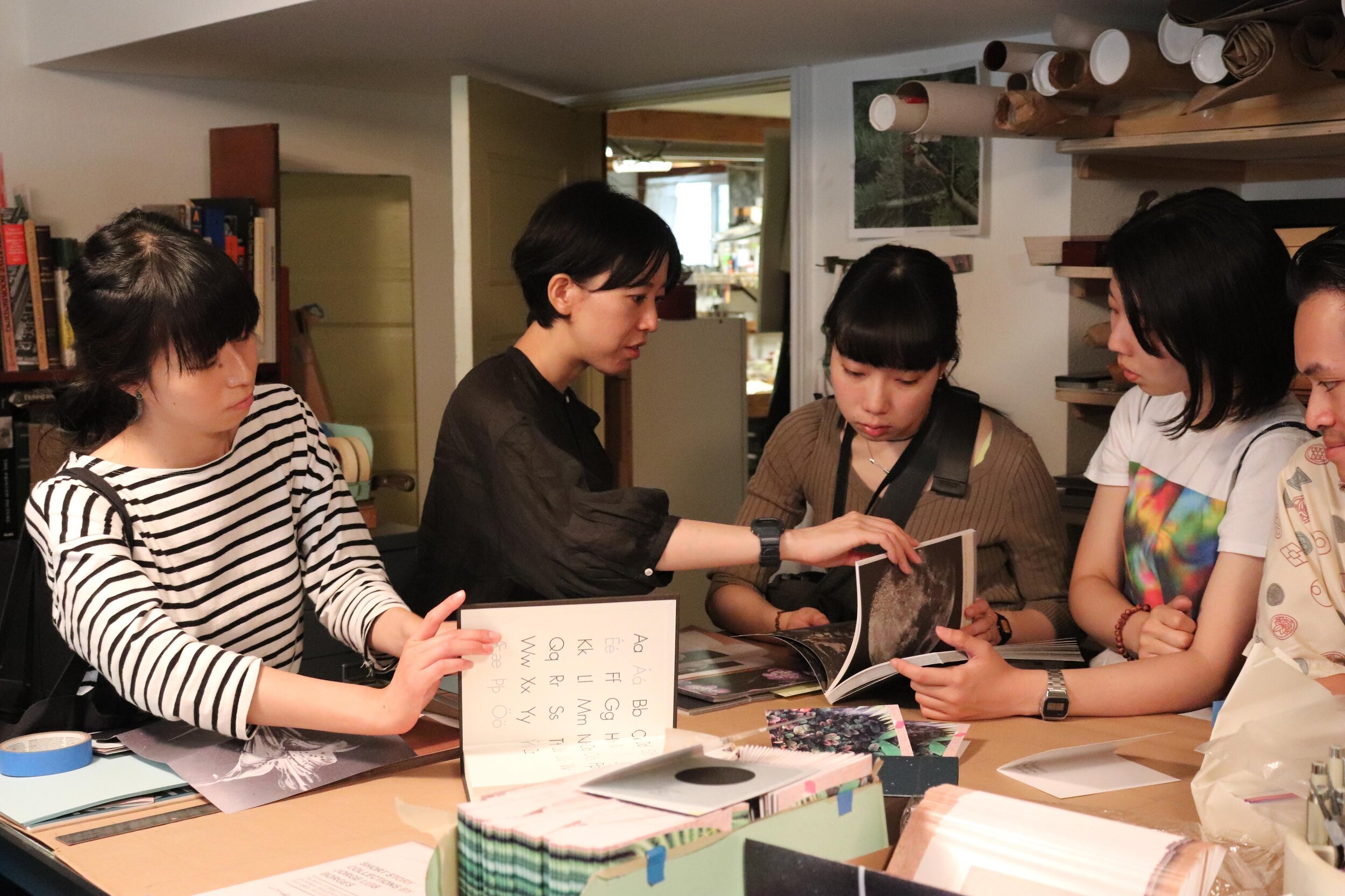


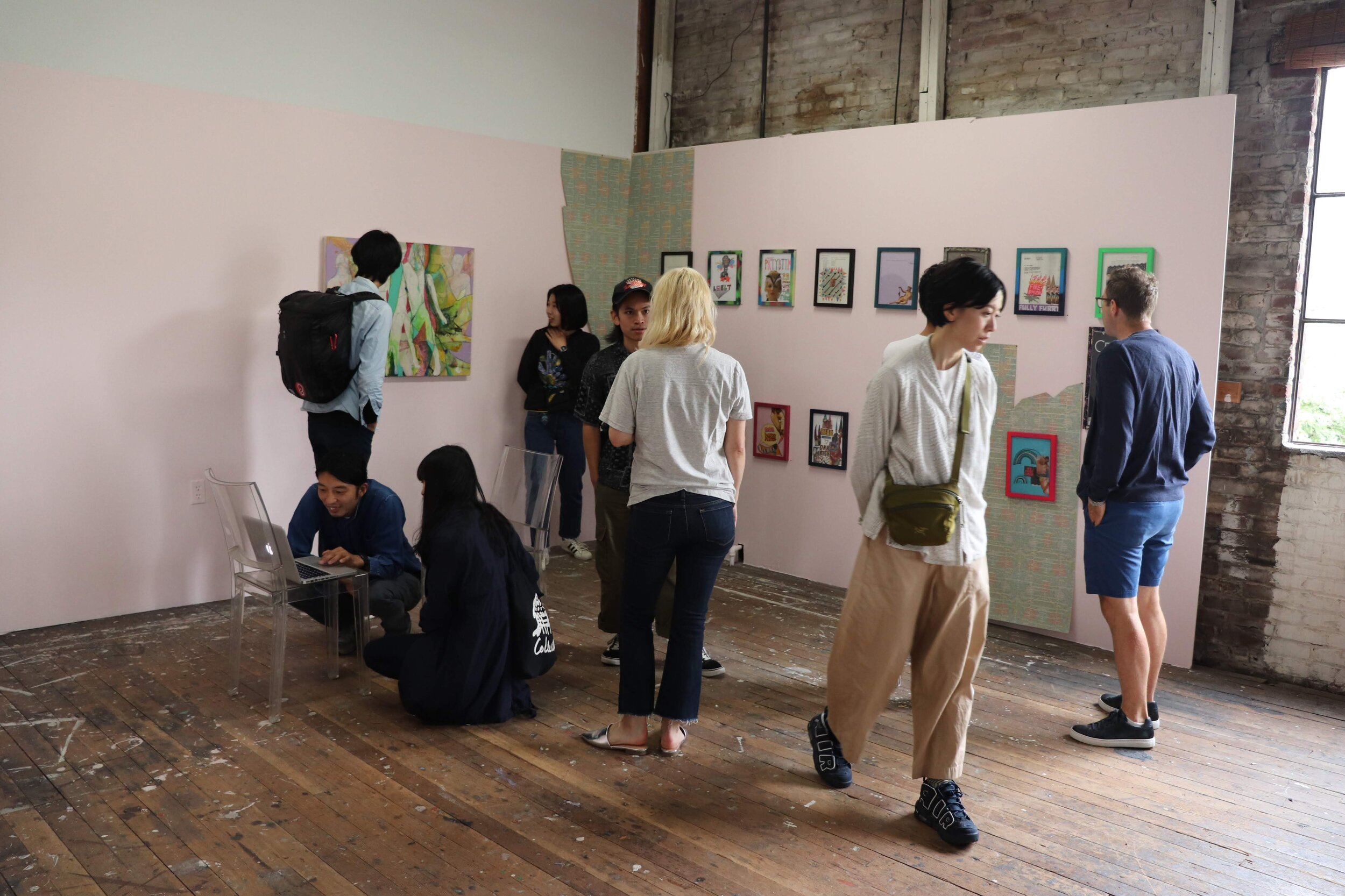









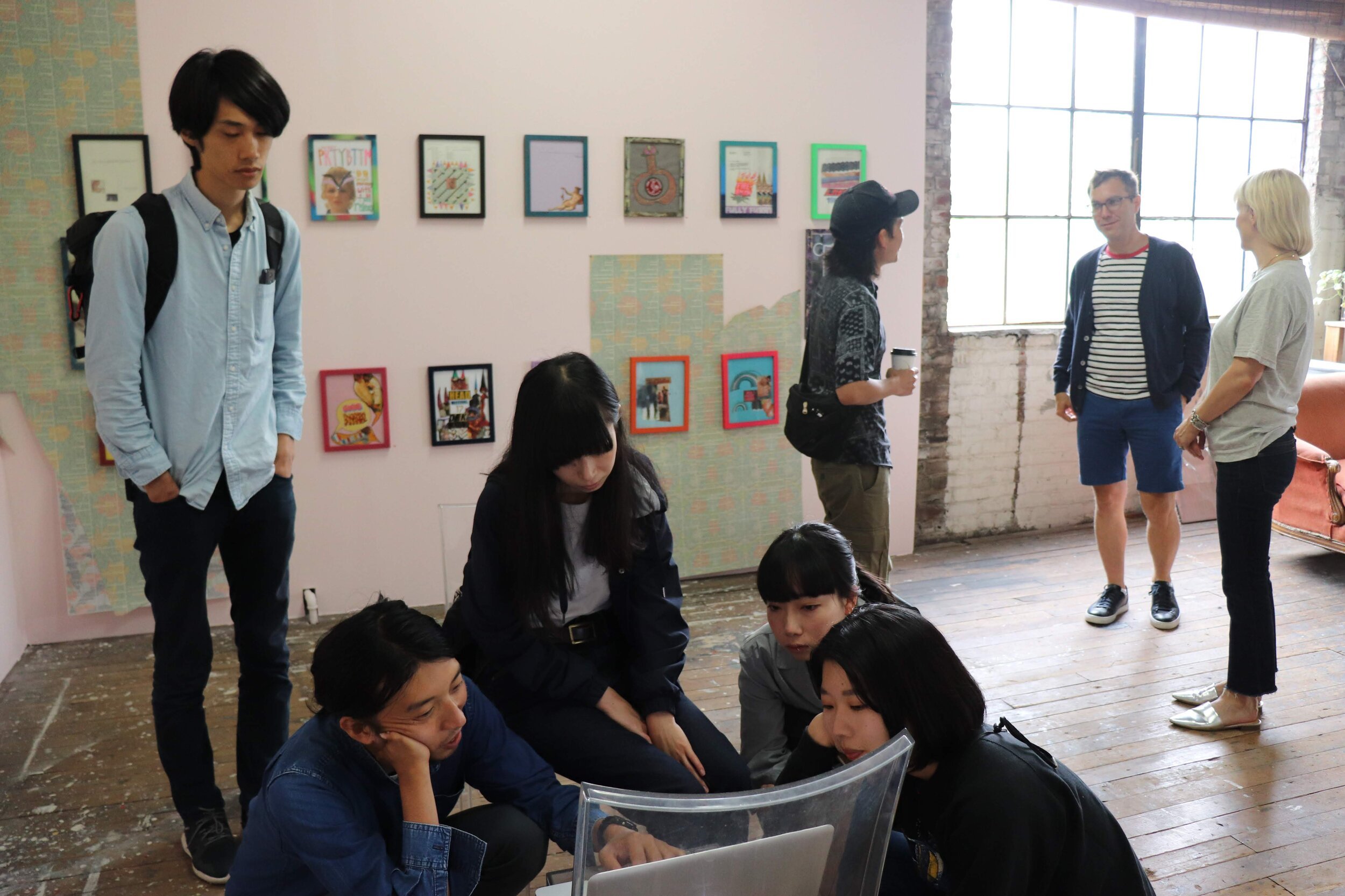


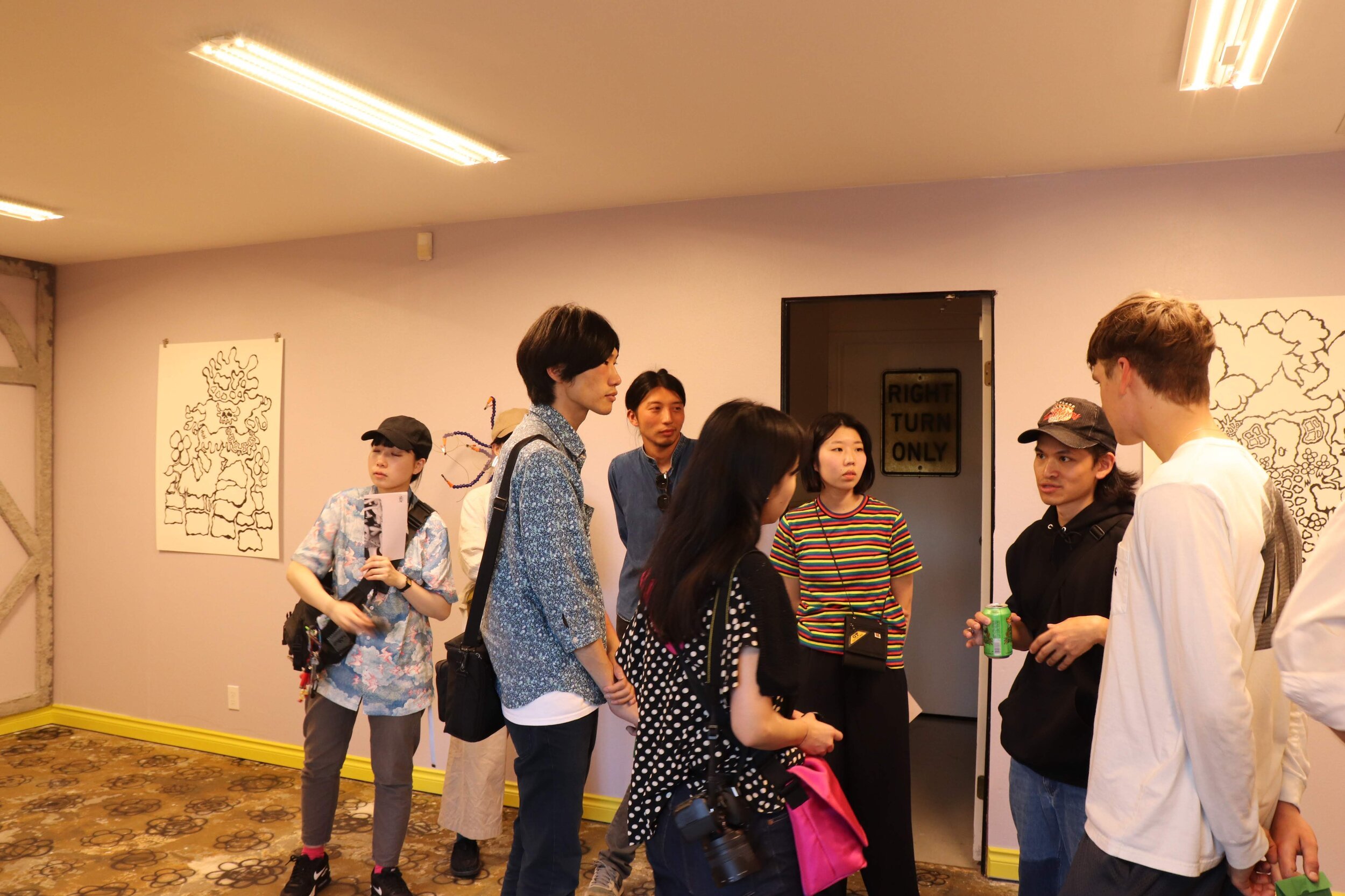
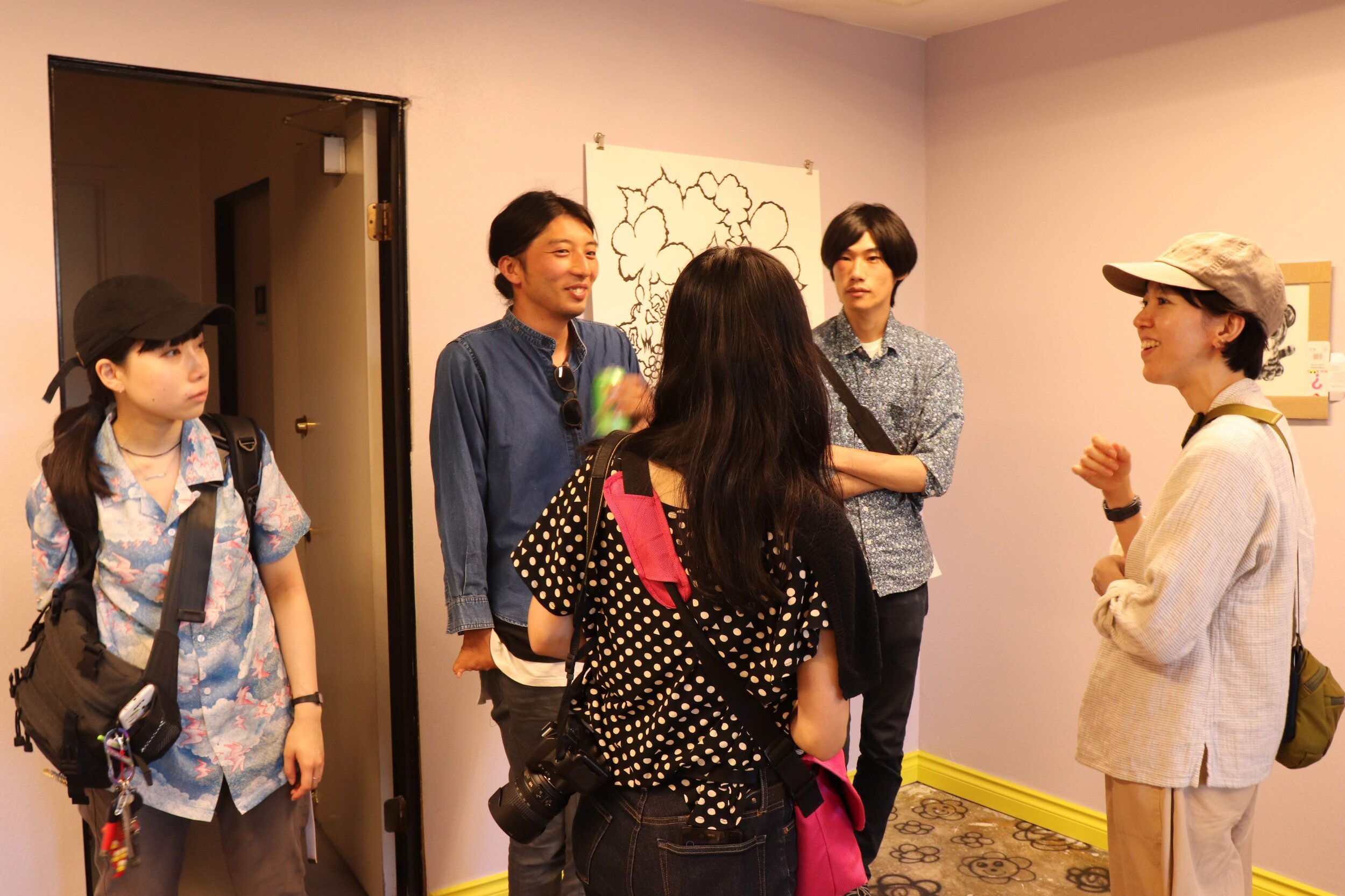

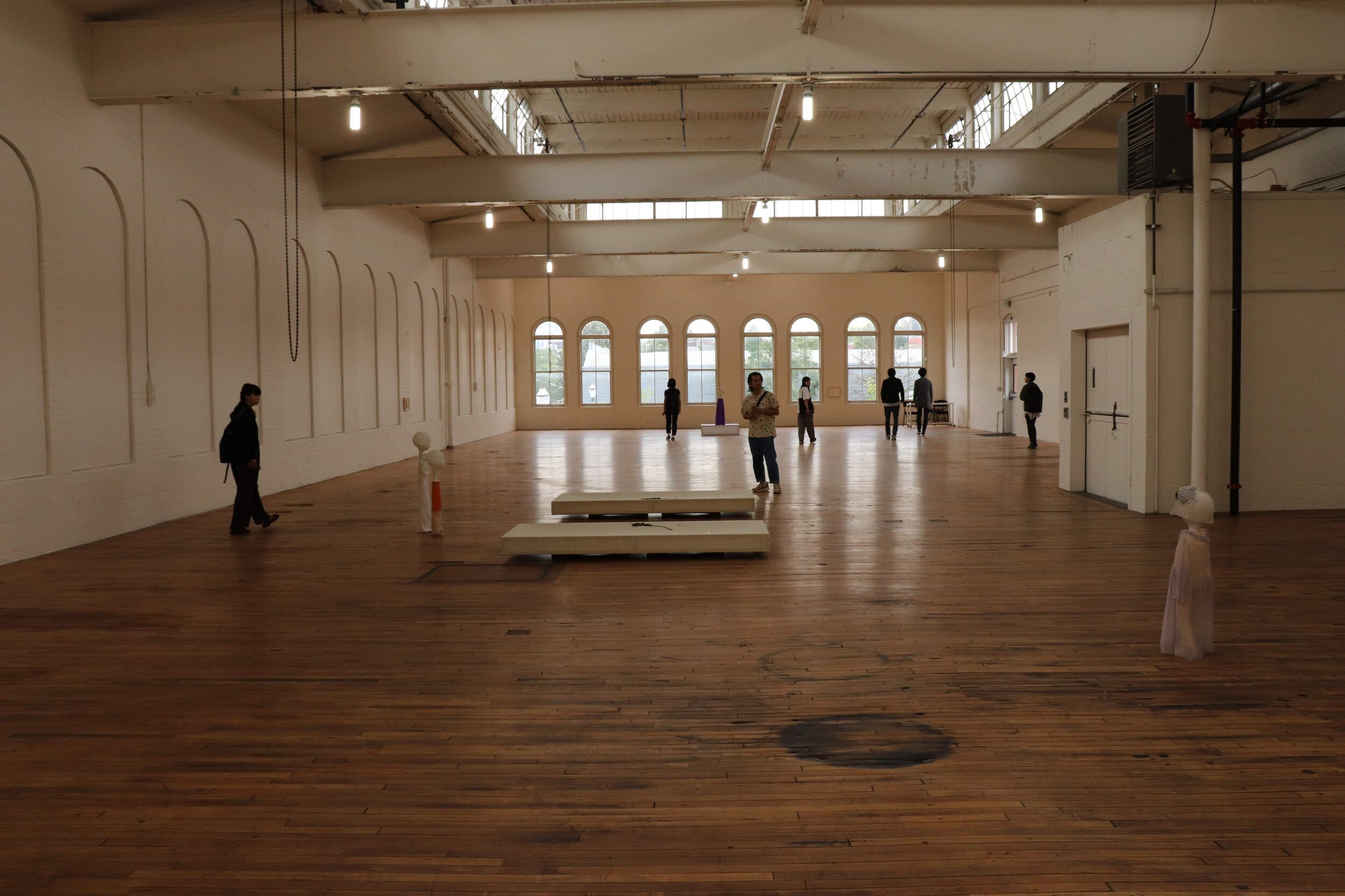

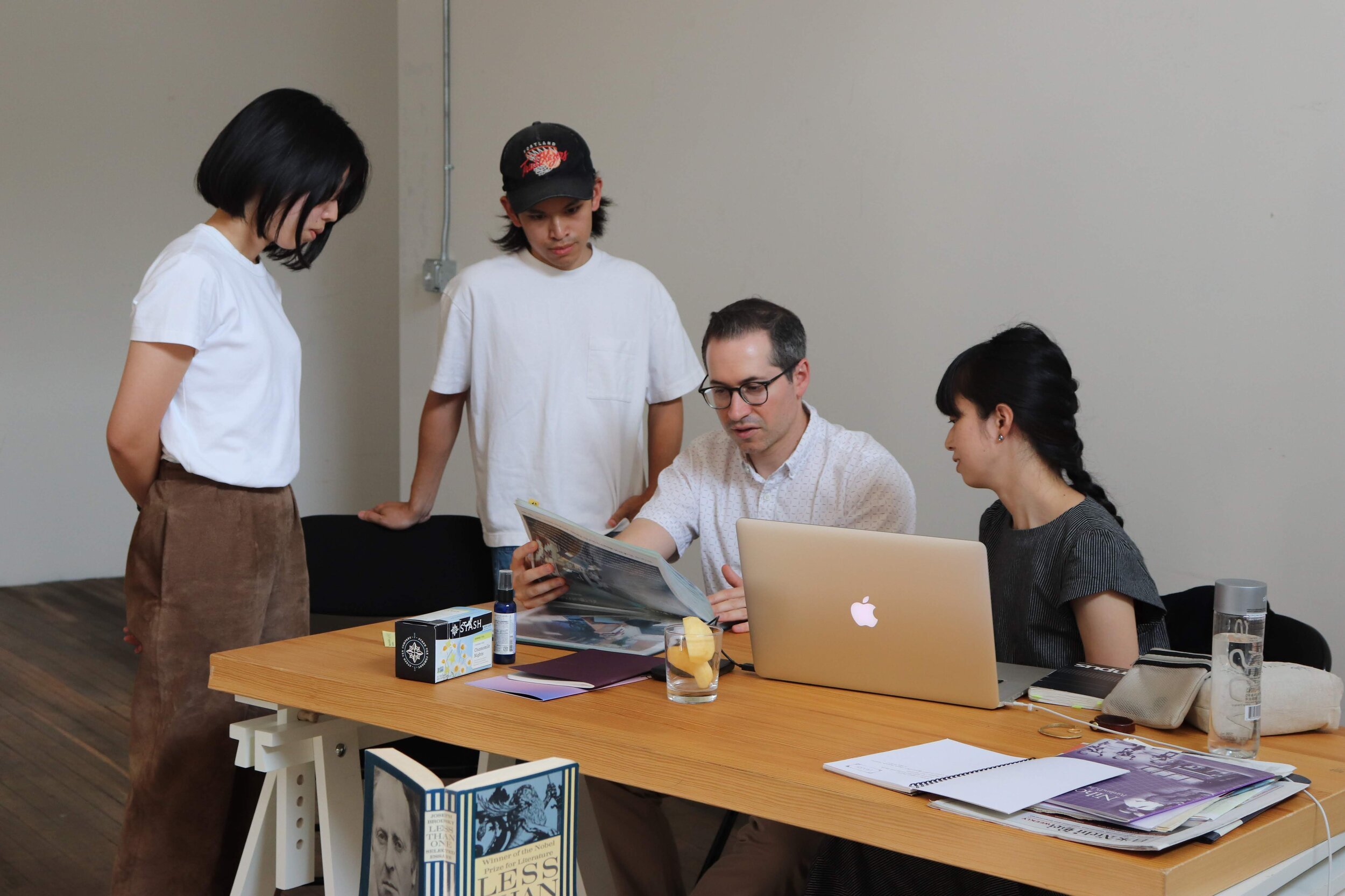
Artists in Residence
Guest
Lecturers
Guest Lecturer:
Reiko Tomii
Dr. Reiko Tomii is an independent art historian and curator, who investigates post-1945 Japanese art in global and local contexts for the narration of a world art history of modernisms. Her early works include her contribution to Global Conceptualism (Queens Museum of Art, 1999), Century City (Tate Modern, 2001), and Art, Anti-Art, Non-Art (Getty Research Institute, 2007). She has worked closely with numerous artists including Kusama Yayoi, Cai Guo-Qiang, Ushio Shinohara, Xu Bing, and Yanagi Yukinori. She is co-director of PoNJA-GenKon, a listserv group (est. 2003) of specialists interested in contemporary Japanese art. She is a prolific writer whose recent publication is Radicalism in the Wilderness: International Contemporaneity and 1960s Art in Japan (MIT Press, 2016), which has received the 2017 Robert Motherwell Book Award. The book was turned into an exhibition Radicalism in the Wilderness: Japanese Artists in the Global 1960s, which opened at Japan Society Gallery in New York in March 2019.
Event:
”Wilderness as Method, Contemporaneity as Method”
August 19th 2018, 6pm
Based on her recent publication, Radicalism in the Wilderness: International Contemporaneity and 1960s Art in Japan (MIT Press, 2016), Dr. Tomii will outline two basic concepts “wilderness” and “contemporaneity” as key methodological frameworks to construct local and global art histories. First and foremost an artist’s strategy, “wilderness” was inventively and imaginatively exploited by three protagonists of her study, Matsuzawa Yutaka, a pioneer conceptualist in central Japan; The Play, a Happeners’ collective in Osaka; and GUN, a politically aware group in Niigata. “Contemporaneity,” a geo-historical concept derived from the Japanese notion of kokusaiteki dōjisei (international contemporaneity), offers an art-historian’s strategy. To narrate a world art history of postwar practices, she has proposed such theoretical and methodological terms as “connection,” “resonance,” and “similar yet dissimilar” among others. She will demonstrate their application by focusing on the stone-based works of Mono-ha and conceptualism around 1970.
Guest Lecturer:
Gabriel Ritter
Gabriel Ritter assumed the role of Curator and Head of Contemporary Art at the Minneapolis Institute of Art (Mia) in May 2016. Since that time, Ritter has organized Now Where Were We?, an encyclopedic reinstallation of the Contemporary permanent collection galleries in collaboration with LA-based artist Dave Muller. Recent projects at Mia include a three-month long residency and solo exhibition, A Place We Share, with New York-based artist Aliza Nisenbaum, as well as the world premiere of artist Anne Collier’s Women with Cameras (Self Portrait), and the solo presentation Kenneth Tam: Cold Open. In March 2018, Ritter curated the critically acclaimed Focus section of The Armory Show, New York City’s premier art fair. Prior to his appointment at Mia, Ritter served as the Nancy and Tim Hanley Assistant Curator of Contemporary Art at the Dallas Museum of Art for four years where he oversaw the long-running Concentrations series focusing on internationally emerging and underrepresented artists including Lucie Stahl, Margaret Lee, Chosil Kil, Slavs and Tatars, and Stephen Lapthisophon. Ritter specializes in postwar and contemporary Japanese art, and served as the co-organizing curator for the exhibition Between Action and the Unknown: The Art of Kazuo Shiraga and Sadamasa Motonaga (2015) and editor of the accompanying scholarly catalog. In 2013, he was selected as one of the first non-Japanese curators for the triennial exhibition Roppongi Crossing 2013: OUT OF DOUBT at the Mori Art Museum, Tokyo. Ritter holds a Ph.D. in art history from the University of California, Los Angeles, where he also earned his M.A. in art history.
Event:
"A Genealogy of Nonsense"
August 12th 2018, 6pm
Within the Japanese vernacular the word “nonsense” has assumed various meanings throughout modern history, often being associated with radical expression that presented a challenge to the dominant discourse of the moment. In the early 1930s, “nonsense” was incorporated into the catch-all phrase ero guro nansensu which the Japanese mass media used to label decadent and salacious popular culture (literature, film, theater) that was viewed as a threat to traditional family values. Then in the 1960s, “nonsense” became the rally cry for the disaffected youth of Japan’s student protest movement to express their frustration with the current political and social situation at home and abroad. The rebellious and anti-establishment spirit evoked by the word “nonsense” from Japan’s past lives on today, reincarnated and rearticulated by a diverse group of young artists. Their work simultaneously reflects the precedent set by the “nonsense” of the 1930s—mislabeled as absurd and meaningless by the dominant discourse—while dismissing the dominant discourse itself as pure “nonsense,” reminiscent of the protest tactics of the 1960s. Using these historical precedents as its starting point, this lecture proposes the idea of “nonsense” as a critical framework linking Japan’s postwar avant-garde with contemporary art practices in Japan. This narrative aims at foregrounding socially engaged, politically conscious work that openly questions the status-quo and the power structures that shape daily life in Japan.